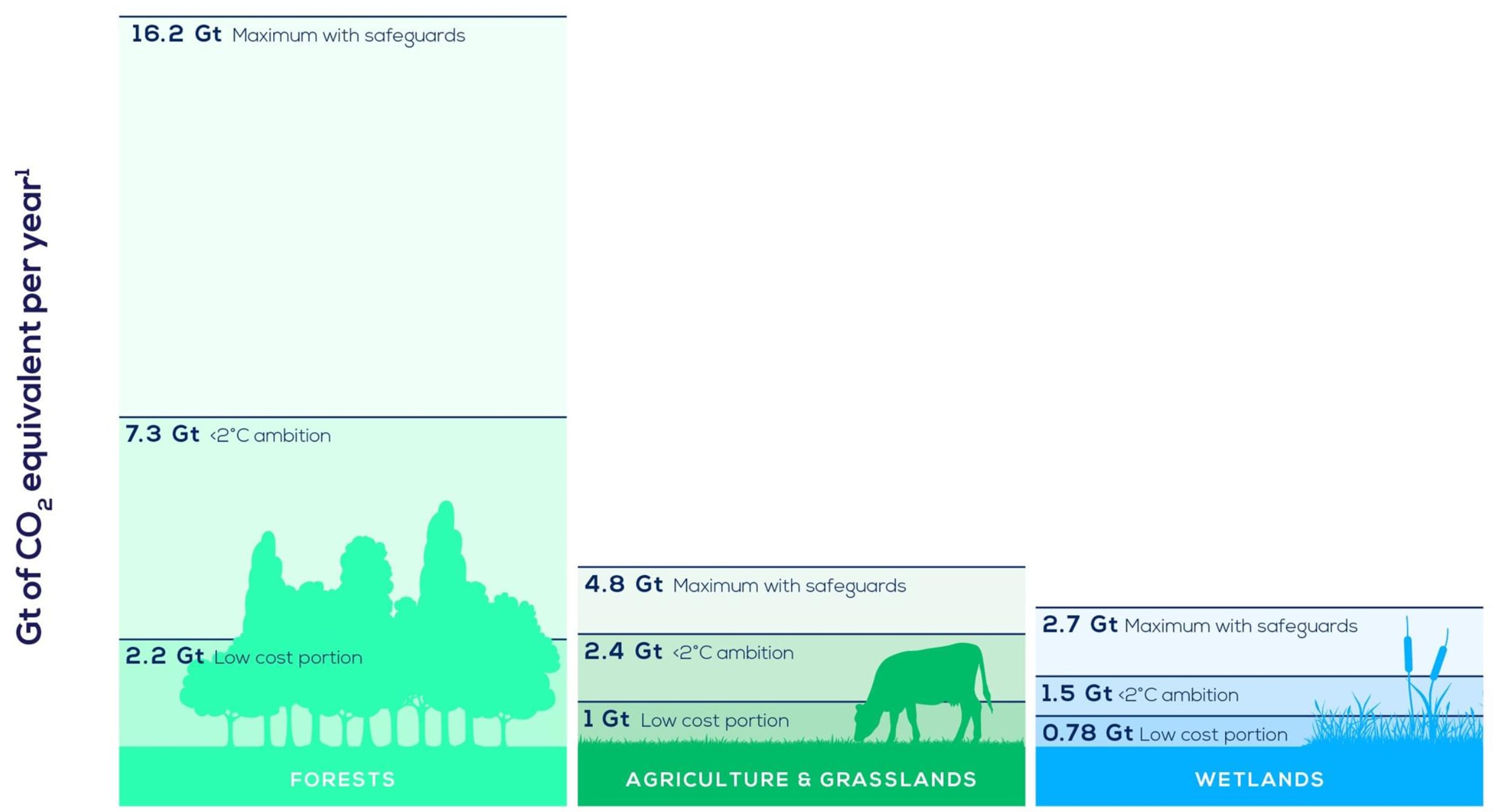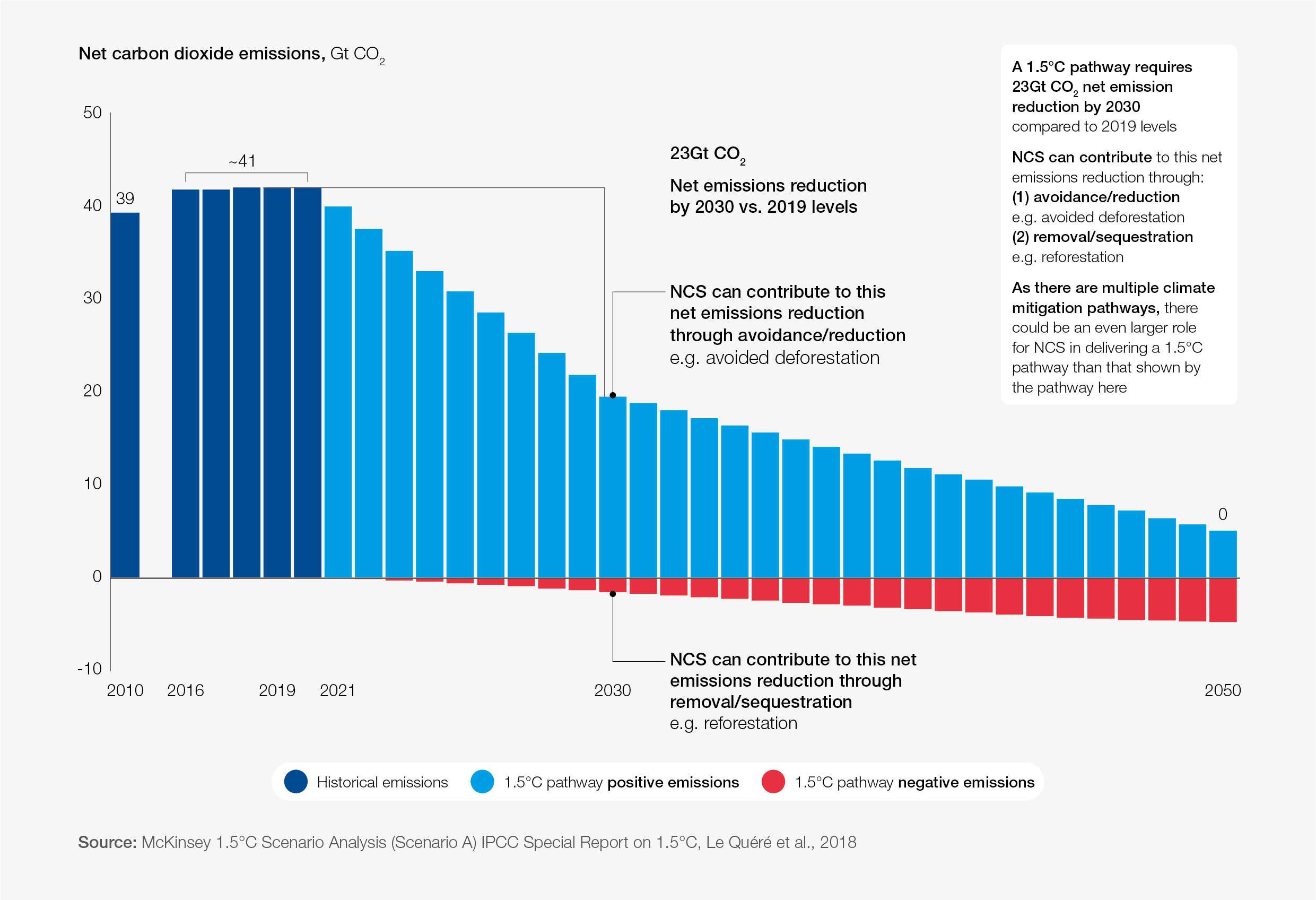5 considerations for buying a sustainable Christmas tree

Christmas trees are 'no exception' when it comes to their environmental impact. Image: UNSPLASH/Sandra Seitamaa
- Different types of Christmas trees leave different carbon footprints.
- Ecology expert Paul Caplat has outlined 5 tips below on how to make the most environmentally friendly choice this year.
If you celebrate Christmas, chances are you are planning to decorate a tree (or have already). But how do you make an informed and environment-friendly choice? Environmental impact is a complex question for any product, and as a tree ecologist I know that Christmas trees are no exception.
Lifecycle analyses, which look at how much carbon is used in every step of a product’s life, have estimated that plastic trees have a carbon footprint between ten and 20 times greater than that of a real tree. This isn’t suprising since plastic is derived from fossil fuels, and takes a lot of energy to manufacture.
Real trees, on the other hand, take carbon out of the atmosphere to grow. But once you add in chemical fertilisers, also fossil-fuel hungry, fuel for machinery and transportation, it’s clear that both types of tree will have a solid carbon footprint, albeit lower for a real tree than a plastic one. Unless you invest in a beautiful plastic tree that you or someone else reuse for at least a decade, it might be better to buy a real, grown tree. What should you consider then?
The carbon footprint will grow tremendously with transportation, so a tree grown on the other side of the world isn’t at all a sustainable choice.
Similarly, we have seen that chemical fertilisers have a large carbon footprint. They are also a big source of pollution, potentially affecting rivers, lakes and whole ecosystems. Pesticides are used because Christmas tree farms are monocultures, in which a single species is grown at high density, which puts them at risk of parasitism and diseases. Pesticides are also a problem for the environment, particularly for invertebrates. Growing trees organically can reduce that impact, although this might result in “wonky” trees that are less formatted in shape.
The type of land where a tree is grown will also play a big role in its environmental impact. Is a Christmas tree plantation replacing something else, possibly more useful (food, for instance) or better for the environment (old growth forests or peatland)? Luckily, in countries where most consumers live, a lot of land that is used to grow Christmas trees used to be low-productivity farmland.
But this doesn’t mean that growing millions of trees every year (8m in the UK, 20-30m in the US) is the best choice of land allocation. Growing Christmas trees means harvesting them after six to ten years, which means less time for wildlife and bugs to establish thriving populations. Compare them with timber production (cut every 20 to 100 years) or a nature reserve (never) and you will understand why Christmas tree plantations are not considered in the EU tree planting pledge.
Which species?
The species of tree might also matter. Christmas tree species are coniferous and include Nordmann fir, Douglas fir, Norway spruce, and more rarely Scots pine. They will likely have different rates of carbon capture, and different interactions with surrounding plants and animals, depending on their physiology and how it matches the soil and climatic environment (I did say it was complicated).
Unfortunately, I am not aware of any study comparing tree species in the context of Christmas tree plantations (monoculture, early harvest). It might be expected that a native tree (like Scots pine in the UK) will be better at hosting local biodiversity, for instance, but that needs testing. Considering the intensive management involved, the differences between species are likely to be small.
Finally, what should you do when the tree is no longer fit for purpose? Chipping a tree to use as mulch or compost will effectively mean carbon contained in the wood is stored in the soil, which is more stable. Burning the tree releases that carbon into the atmosphere. Dropping it in landfill is the worst as it releases both carbon and methane through slow degradation. The best option is to keep the tree alive so that it grows, captures more carbon, and dies after several decades.
How does all this translate in practice? Here are a few tips:
1) If you like being able to have the same tree that you can store and reuse for years, then a plastic tree might be an option. But check where and how it is produced (sustainability isn’t only about the environment, it is also about people).
2) Buy locally-grown trees, with Forest Stewardship Council certification. If possible, check for additional characteristics such as whether it’s organically grown, native and not grown on peatland. And don’t have it wrapped in a plastic net.
3) Ask your council about recycling options. If you can do it yourself, chip the wood and use as mulch, or use the branches to build nests for native bees.
What is the World Economic Forum doing on natural climate solutions?
5) If you are not too attached to the traditional look of a tree, why not consider timber-made alternatives that you buy or make yourself, or even just decorate your house plants? After all, in a world of overconsumption, the most sustainable option is to avoid getting a new tree at all.
Don't miss any update on this topic
Create a free account and access your personalized content collection with our latest publications and analyses.
License and Republishing
World Economic Forum articles may be republished in accordance with the Creative Commons Attribution-NonCommercial-NoDerivatives 4.0 International Public License, and in accordance with our Terms of Use.
The views expressed in this article are those of the author alone and not the World Economic Forum.
Stay up to date:
Plastic Pollution
Forum Stories newsletter
Bringing you weekly curated insights and analysis on the global issues that matter.
More on Nature and BiodiversitySee all
Dr Gideon Lapidoth and Madeleine North
November 17, 2025









